This recipe is inspired by an Indian chilla, which is a common breakfast pancake made from gram (chickpea) flour. Although the process of making proper gram flour is slightly more complicated (it involves soaking, hulling, drying and then finely grinding brown chickpeas), you can use locally grown dried chickpeas (for instance Hodmedods) and blend them finely (I use my Vitamix) to achieve a chilla-like batter. It makes a protein-rich base the begs to be topped off with colourful seasonal veg and herbs.
What is Besan Chilla?
Besan is the Hindi word for gram flour (chickpea flour) and Chilla translates to pancake. It’s a popular North Indian breakfast, but it makes for a protein-rich, gluten-free and quick meal at any time of the day.
Soil Health & Chickpeas
Chickpeas are an excellent booster for soil health and I’d also urge you to see if any local producers are growing them. In the UK, for instance, the brilliant Hodmedod’s offers British-grown chickpeas, which means every time you eat chickpeas, you cut down your carbon footprint and directly support nature close to you. Benefits of growing chickpeas include:
Nitrogen fixation: Chickpeas are legumes that have the ability to fix atmospheric nitrogen into the soil through symbiotic relationships with nitrogen-fixing bacteria. This process increases soil fertility and reduces the need for synthetic fertilisers, which can harm soil health in the long run.
Soil structure improvement: Chickpea roots have a taproot system that can penetrate deep into the soil, improving soil structure and increasing water infiltration. This can prevent soil erosion and improve overall soil health.
Organic matter addition: Chickpea plants produce large amounts of organic matter, which can improve soil structure, increase water holding capacity, and provide essential nutrients to soil organisms.
Pest control: Chickpeas contain natural compounds that can repel pests, such as nematodes and soil-borne diseases, reducing the need for synthetic pesticides that can harm soil health.
serves 2
Ingredients
Chilla
-
500g asparagus
-
200 dried chickpeas
-
1/2 tsp turmeric
-
Freshly ground black pepper
Wild Garlic Pesto
-
40g sunflower seeds
-
100g wild garlic (or basil and half a small garlic clove)
-
50g sourdough (ideally stale)
-
1 tsp miso
-
150 ml extra virgin olive oil
Salad
-
25g mint
-
15g dill
-
50g watercress
-
1 lemon
Method
Preheat the oven to 220°C. Trim the asparagus spears and peel the lower fifth. Then add to a lined baking tray, drizzle with some olive oil as well as 1/4 tsp salt and mix to coat evenly. Roast the spears on the highest shelf for 10 minutes. Once done, set them aside and switch the oven to the grill setting for later.
To make the pesto, toast the sunflower seeds in a small frying pan until golden and nutty. Then set aside to cool down slightly. To the bowl of a food processor, add the wild garlic, sourdough (if it’s not stale, just pop it in the toaster until crunchy), most of the sunflower seeds (keep the rest to garnish later on), the miso and 1/2 tsp salt and pulse into a chunky paste. Add the olive oil and pulse to combine, then transfer to a bowl. It will need some lemon juice, but we’re adding it to the dressing later on so that it doesn’t fade the green colour of the pesto.
For the salad, pick the mint and dill leaves and add to a bowl along with the watercress. In a separate bowl mix together 1 tbsp of the pesto with 1 tbsp of lemon juice and 1/2 tsp salt. Don’t mix the dressing through yet, or it will soften the leaves too much.
Add the dried chickpeas to a blender (I use my Vitamix) and grind them into a flour, then pass it through a sieve to remove any gritty bits. You want around 180g of chickpea flour in the end.
Now it’s time to make the pancakes. In a large bowl, mix together the chickpea flour, turmeric and 1 tsp salt, then whisk in 350 ml of water to form a pourable batter. Heat a tablespoon of oil in a large non-stick pan over medium heat. Give the batter a good stir and pour half of it into the centre of the pan. Use the back of the ladle to spread the batter into a thin pancake and a pour a little more oil over the pancake and around the edges. Spread half of the roasted asparagus spears over the pancake, pressing them into the batter, and keep cooking it for around 1 minute until the pancake begins to loosen around the edges and you can move it in the pan. Use a spatula to gently lift the edges to help it along. Then place the pan on the highest shelf in the oven and grill for another minute. Transfer to a plate and continue with the next pancake.
Now toss the dressing through the salad and add half of it to each pancake, followed by the remaining sunflower seeds, a few extra dollops of pesto, a generous squeeze of lemon juice, a good grind of black pepper and a drizzle of extra-virgin olive oil.

Asparagus Chickpea Pancakes
Ingredients
Chilla
- 500 g asparagus
- 200 dried chickpeas
- 1/2 tsp turmeric
- Freshly ground black pepper
Wild Garlic Pesto
- 40 g sunflower seeds
- 100 g wild garlic or basil and half a small garlic clove
- 50 g sourdough ideally stale
- 1 tsp miso
- 150 ml extra virgin olive oil
Salad
- 25 g mint
- 15 g dill
- 50 g watercress
- 1 lemon
Instructions
- Pre-heat the oven to 220°C. Trim the asparagus spears and peel the lower fifth. Then add to a lined baking tray, drizzle with some olive oil as well as 1/4 tsp salt and mix to coat evenly. Roast the spears on the highest shelf for 10 minutes. Once done, set them aside and switch the oven to the grill setting for later.
- To make the pesto, toast the sunflower seeds in a small frying pan until golden and nutty. Then set aside to cool down slightly. To the bowl of a food processor, add the wild garlic, sourdough (if it’s not stale, just pop it in the toaster until crunchy), most of the sunflower seeds (keep the rest to garnish later on), the miso and 1/2 tsp salt and pulse into a chunky paste. Add the olive oil and pulse to combine, then transfer to a bowl. It will need some lemon juice, but we’re adding it to the dressing later on so that it doesn’t fade the green colour of the pesto.
- For the salad, pick the mint and dill leaves and add to a bowl along with the watercress. In a separate bowl mix together 1 tbsp of the pesto with 1 tbsp of lemon juice and 1/2 tsp salt. Don’t mix the dressing through yet, or it will soften the leaves too much.
- Add the dried chickpeas to a blender (I use my Vitamix) and grind them into a flour, then pass it through a sieve to remove any gritty bits. You want around 180g of chickpea flour in the end.
- Now it’s time to make the pancakes. In a large bowl, mix together the chickpea flour, turmeric and 1 tsp salt, then whisk in 350 ml of water to form a pourable batter. Heat a tablespoon of oil in a large non-stick pan over medium heat. Give the batter a good stir and pour half of it into the centre of the pan. Use the back of the ladle to spread the batter into a thin pancake and a pour a little more oil over the pancake and around the edges. Spread half of the roasted asparagus spears over the pancake, pressing them into the batter, and keep cooking it for around 1 minute until the pancake begins to loosen around the edges and you can move it in the pan. Use a spatula to gently lift the edges to help it along. Then place the pan on the highest shelf in the oven and grill for another minute. Transfer to a plate and continue with the next pancake.
- Now toss the dressing through the salad and add half of it to each pancake, followed by the remaining sunflower seeds, a few extra dollops of pesto, a generous squeeze of lemon juice, a good grind of black pepper and a drizzle of extra-virgin olive oil.
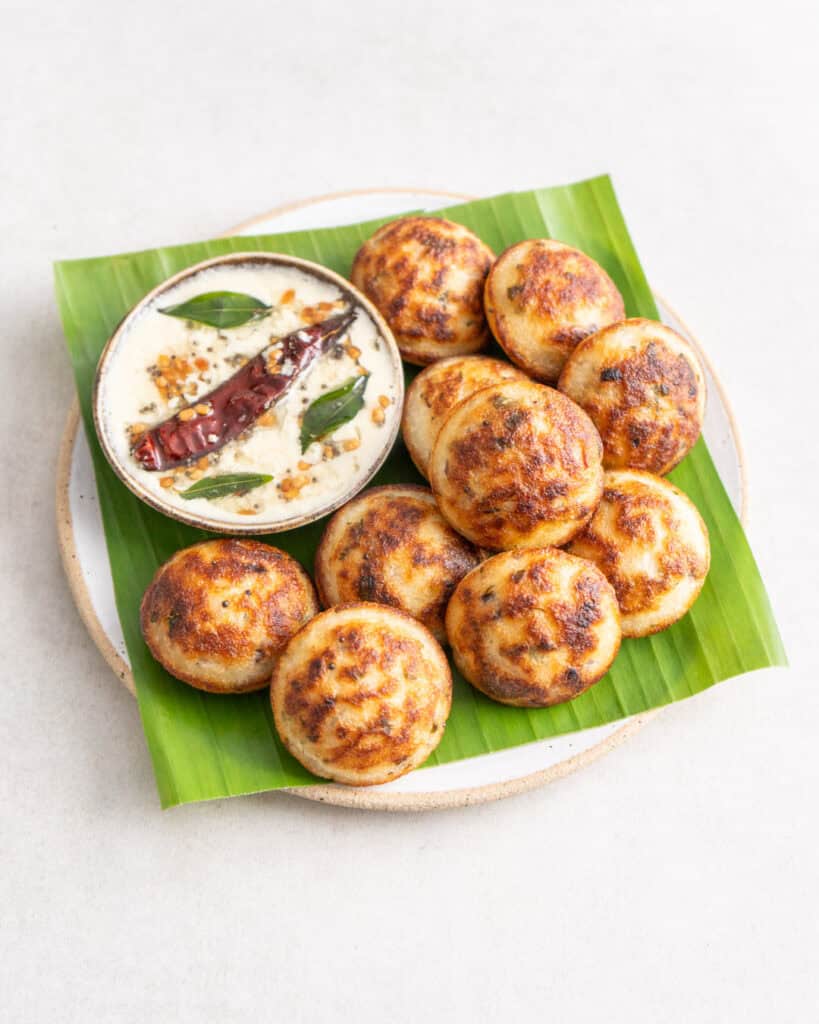

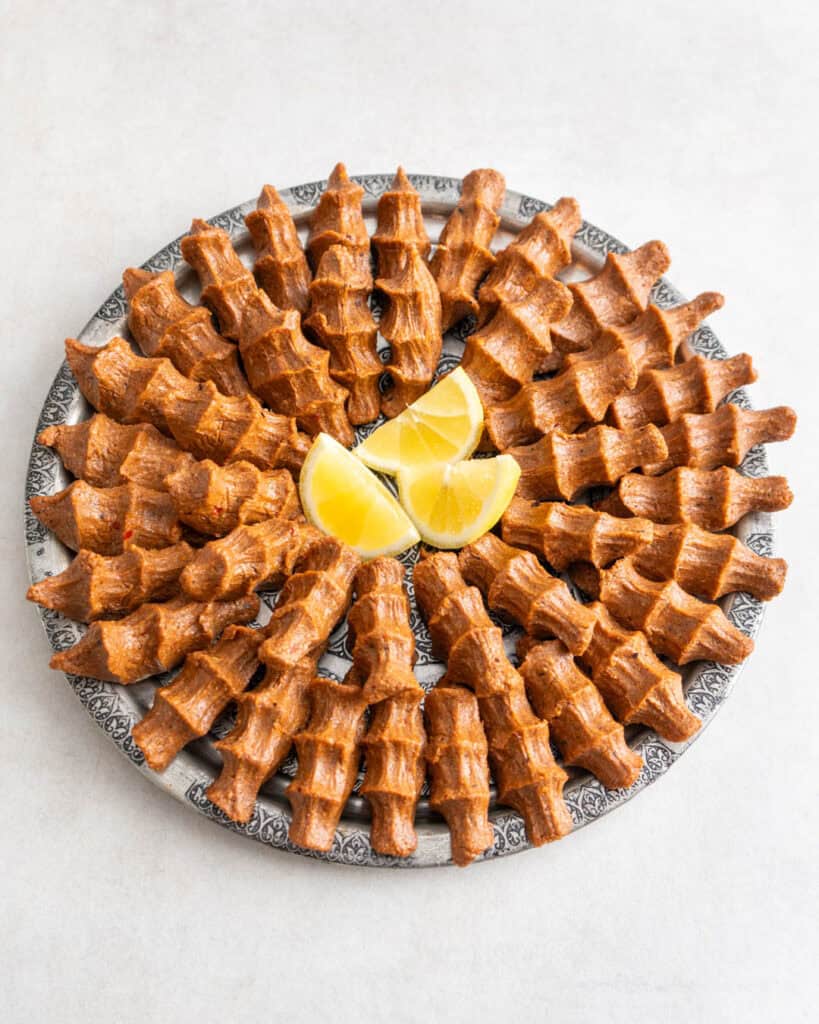
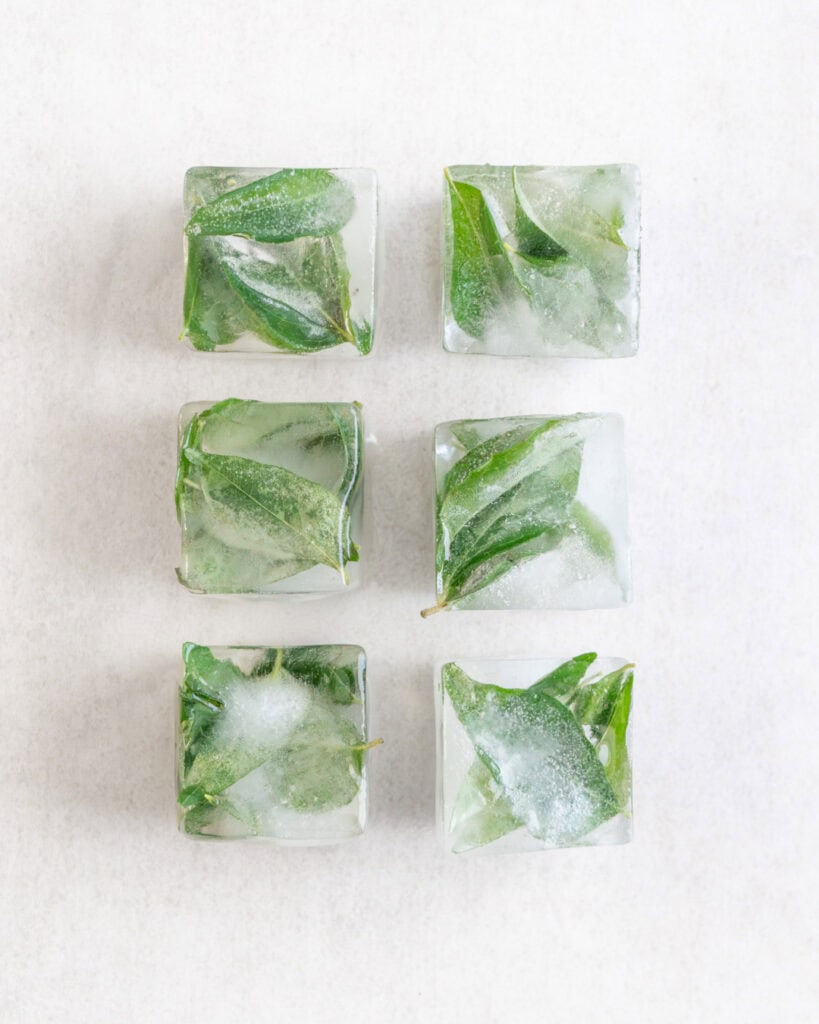
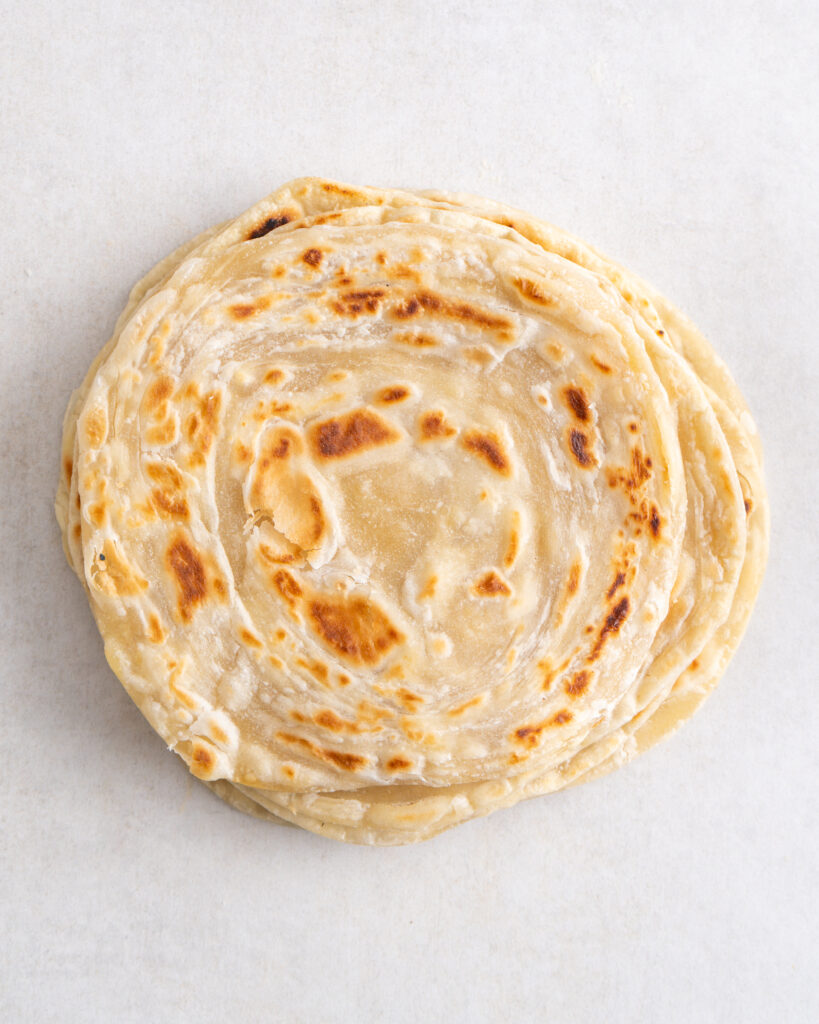
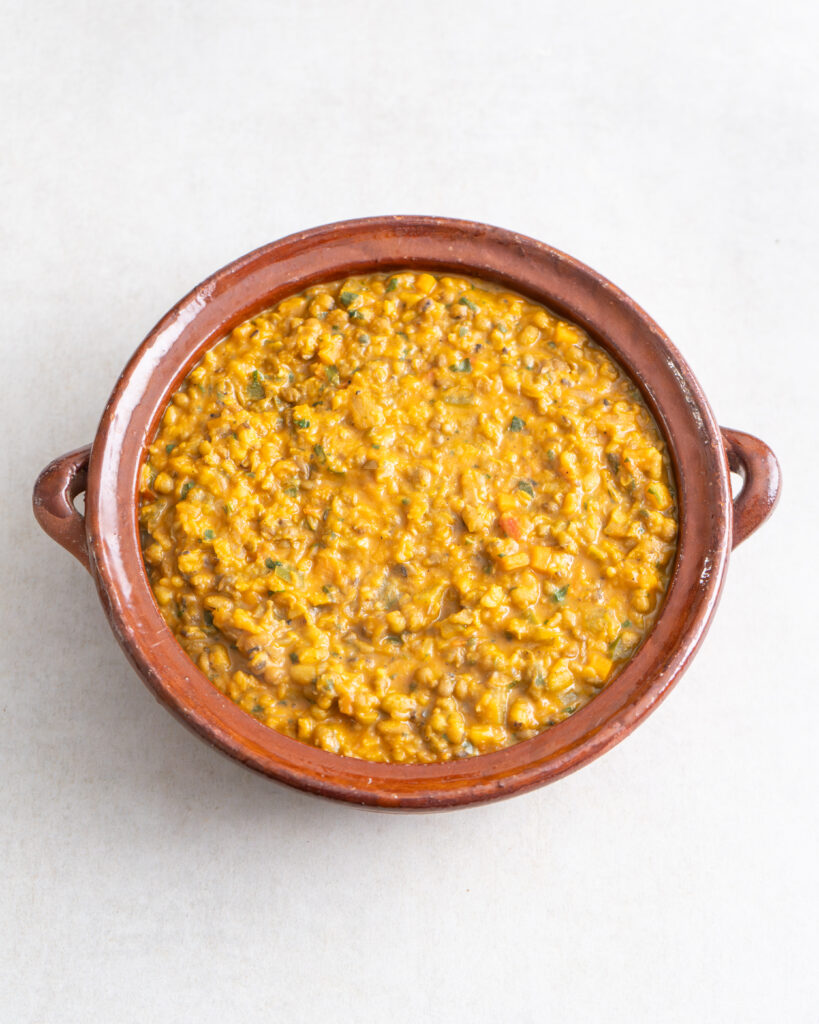
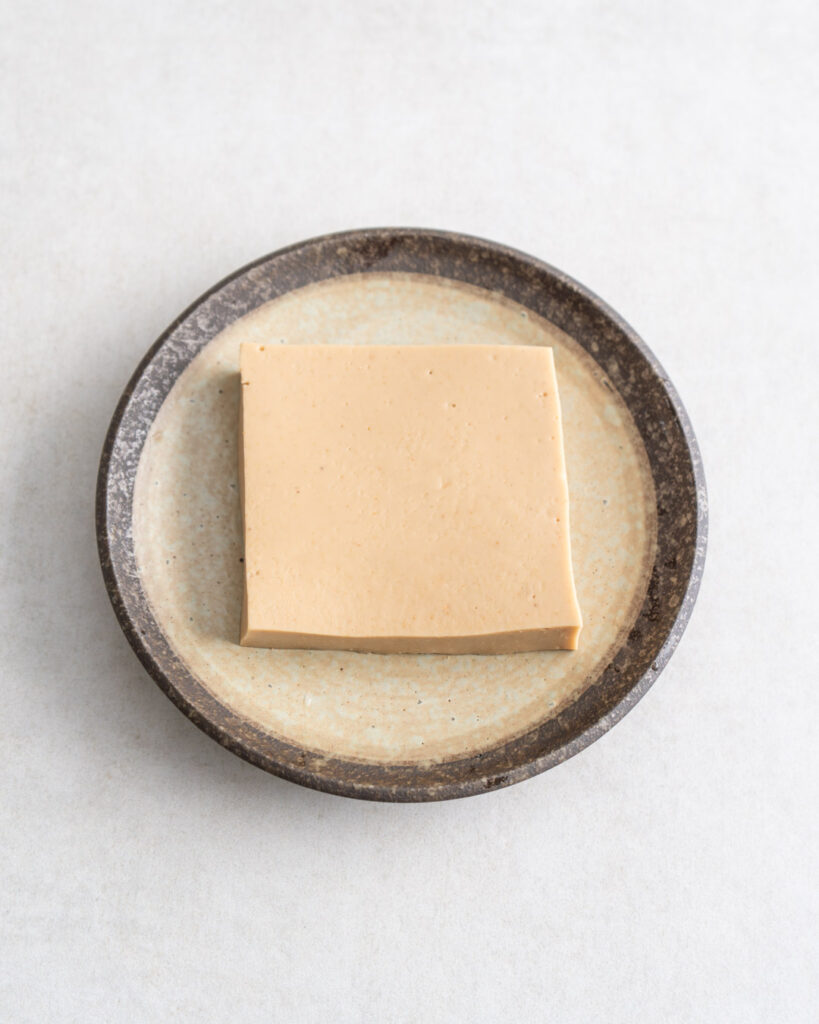
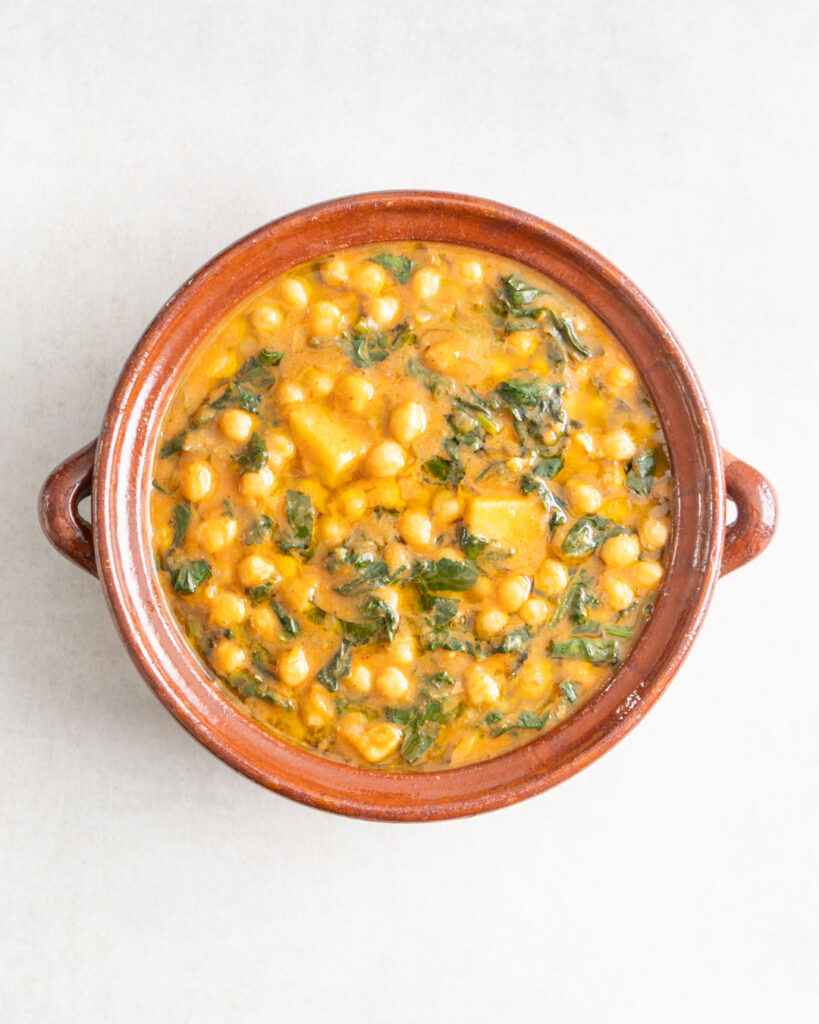
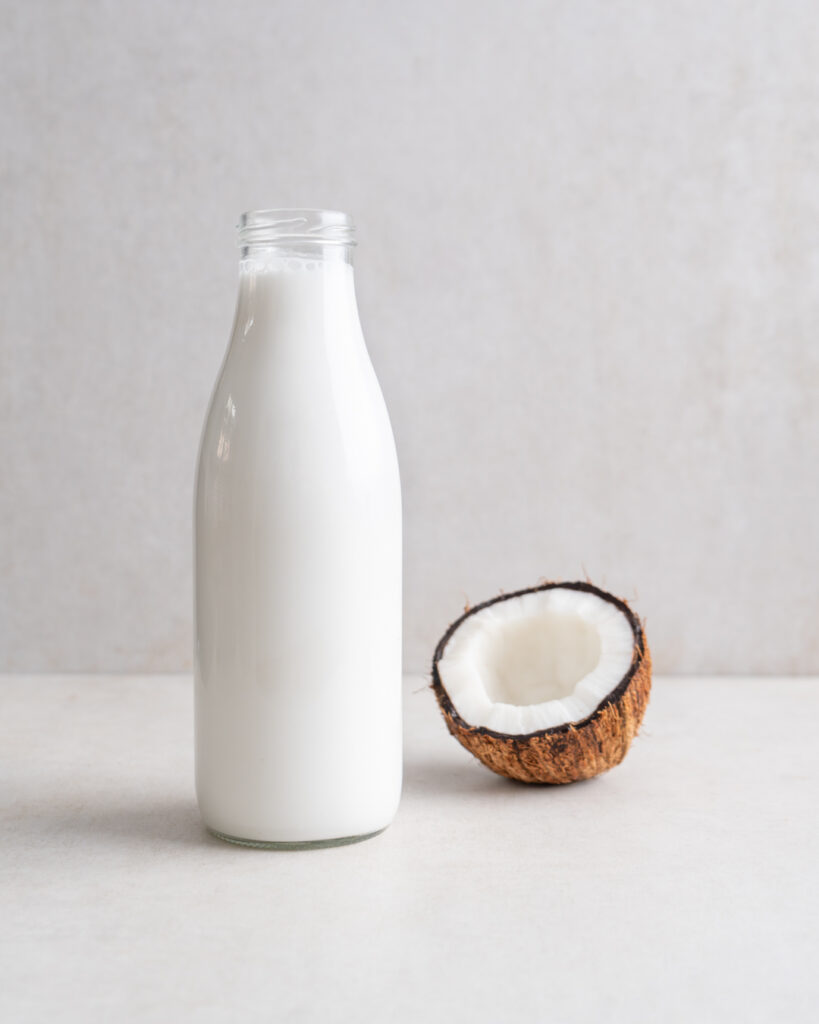
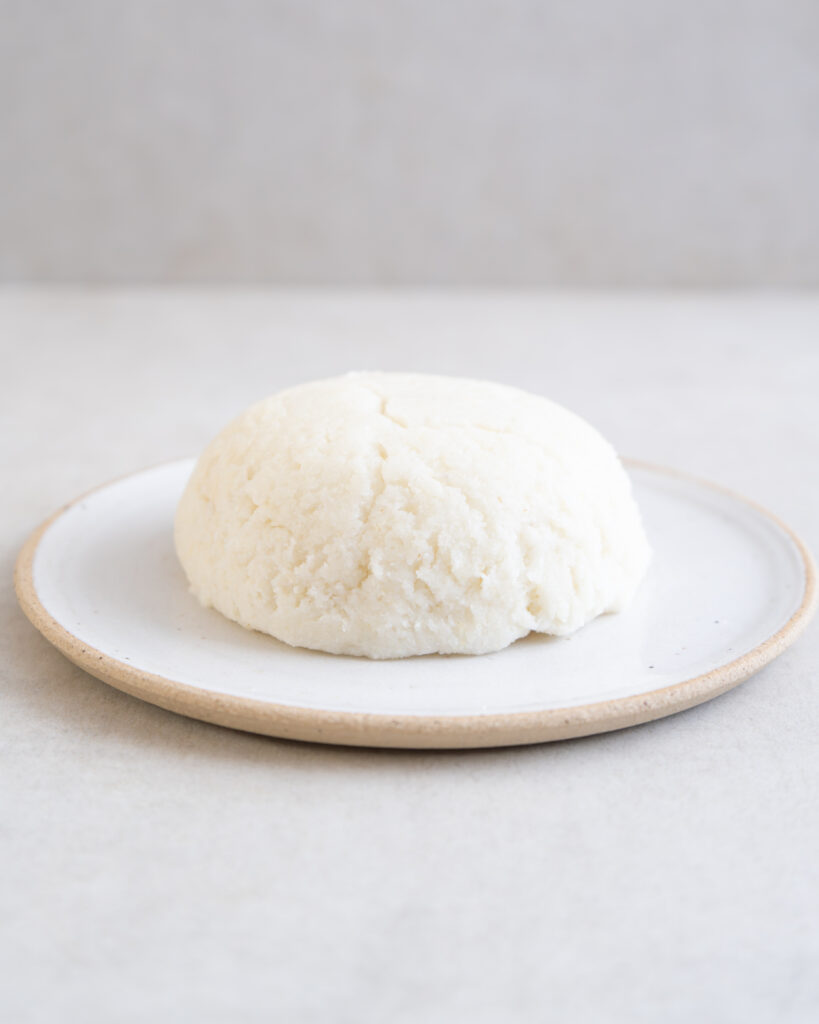

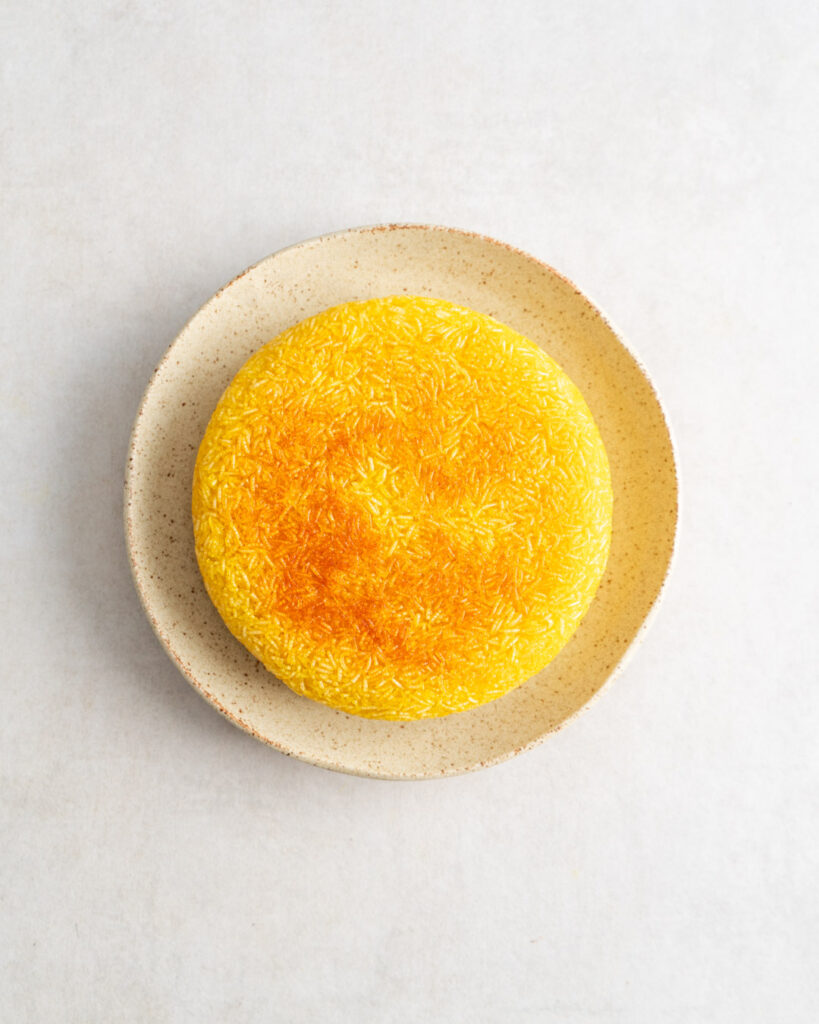


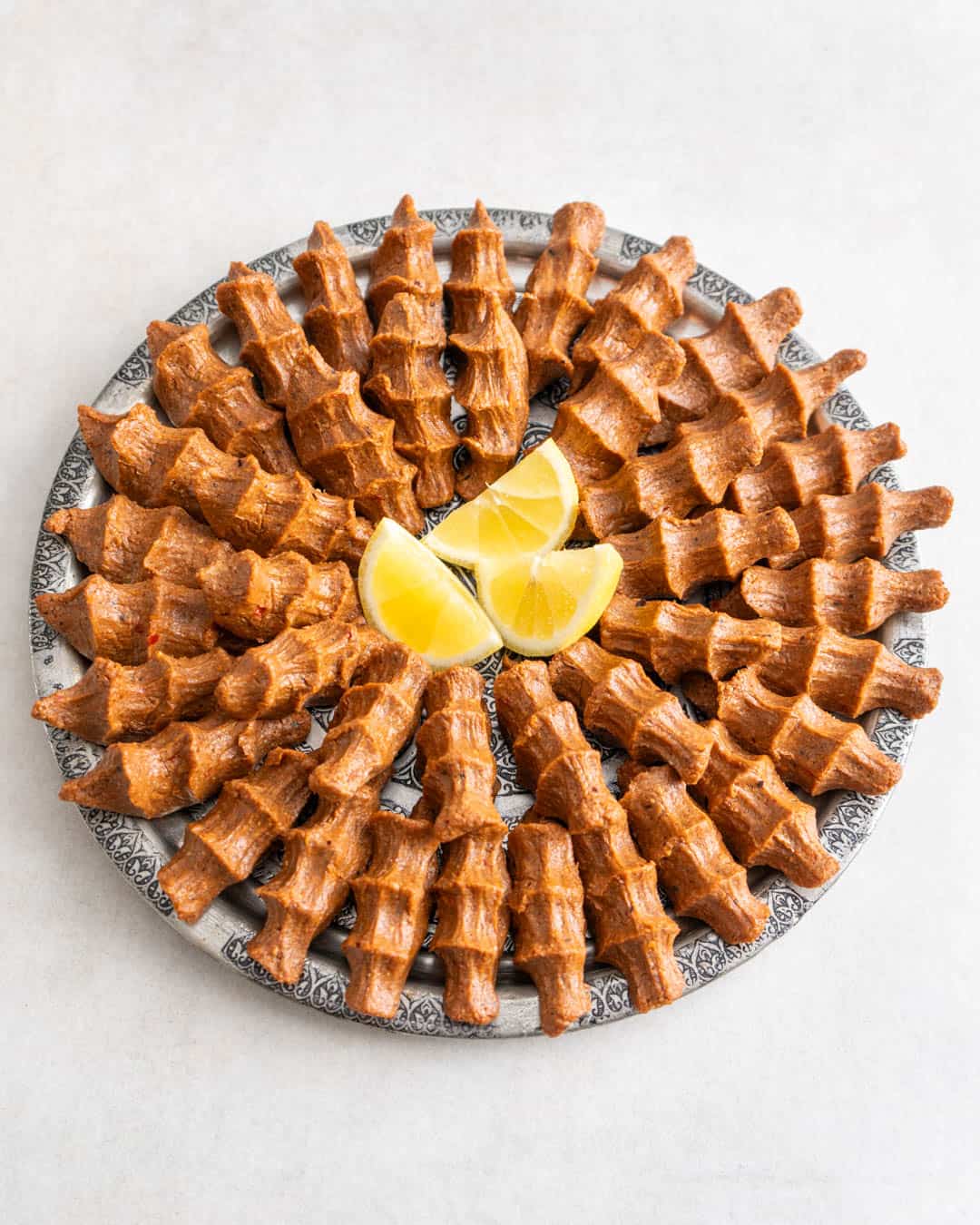
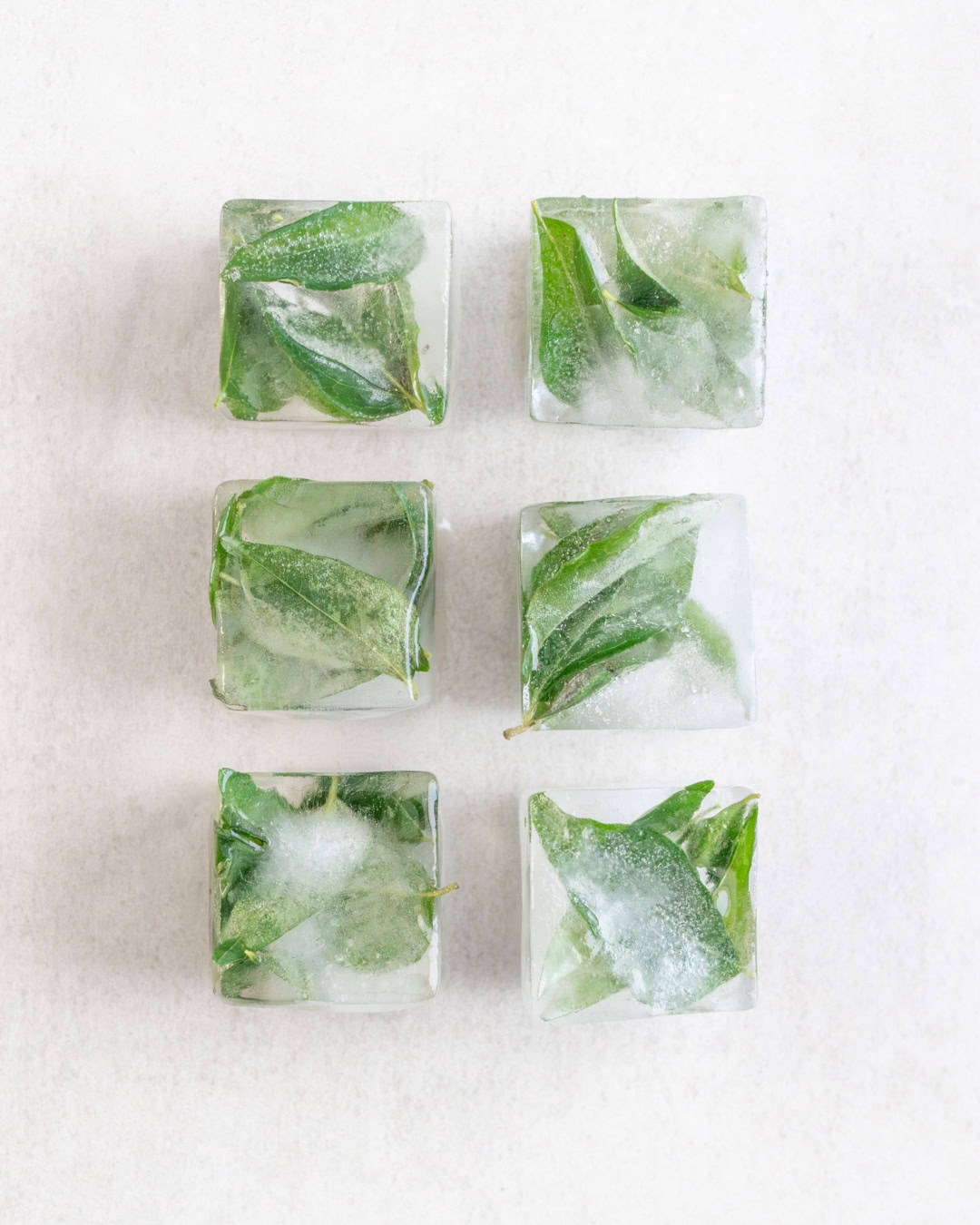








0 Comments